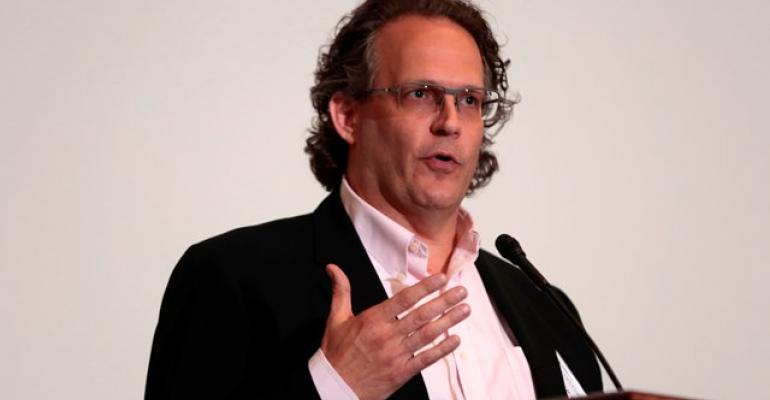DETROIT – High-end watchmaker and car designer Patrick Ayoub has a message for automakers: Luxury is not always for everyone.
“The luxury customer wants exclusivity,” Ayoub, owner of the Detroit Watch Company, tells the WardsAuto Interiors Conference.
While the line between premium and volume vehicles continues to blur with onetime exclusive bells and whistles bleeding down to everyday cars and trucks, Ayoub suggests luxury-product makers risk diluting their brand if they go too far down-market.
“It is very easy to market something as a luxury brand,” he adds. “But it is far more difficult to grow a brand slowly and maintain exclusivity.”
Ayoub, who has penned designs for leading global automakers during his career, admits most luxury-vehicle sellers are saddled with volume expectations whereas high-end watch makers can more easily limit production. But at the end of the day, luxury buyers do not want the same options on their cars as their neighbors any more than a shared timepiece on their wrists.
So when Ayoub and his wife, Amy, founded DWC in 2013, they pledged to cap production to a few thousand pieces and keep single watch lines within the hundreds. But they tore a page from the auto industry playbook by infusing their company with a sense of time and place.
“A luxury brand needs a strong foundation,” he says.
Detroit’s manufacturing history offered a perfect backdrop, he says, and one of the company’s best-selling models is the 1701, which is a nod to the year the city was founded by Antoine de la Mothe Cadillac.
Cadillac President Johan de Nysschen likely would agree. The General Motors executive is trying to pull the brand into the modern era, but he is not turning his back on its century-plus history of luxury car making. In fact, de Nysschen also keeps somewhat of a lid on production by resisting juicy discounts that pump up sales but dilute profits and brand equity.
Mike Jary, manager-Interior Systems Advanced Development at Inteva, says widening price points on vehicles are giving automakers the flexibility to bring premium content down market.
Greater volumes on a complex piece of stitched trim, for example, means a company such as Inteva can invest in specialized equipment to offer an exclusive treatment or dress up a volume application so it appears handmade.
Martin Dluzansky, leader-Strategic Marketing Group, Automotive Systems for Bose, says his company wrestles to strike a balance between premium and volume every day. And in the end, one size does not fit all.
“It’s all about relevant rewards,” he says.
In other words, while luxury customers may choose to reward themselves with an optional 34-speaker Bose Panaray System in their new Cadillac costing thousands of dollars and boasting concert-like sound, a compact-car buyer can spend a few hundred dollars on a 6-speaker unit and still receive quality audio. Bose will identify the 6-speaker “Small Vehicle Series” customer later this year.
“Bose offers a wide range of systems by looking at the customer, the target segment and the usage case,” Dluzansky says.
However, the decision to supply both ends of the market was not easy, he warns.
“There was a lot of – how do you say it – creative and dynamic tension in the company,” Dluzansky laughs.





